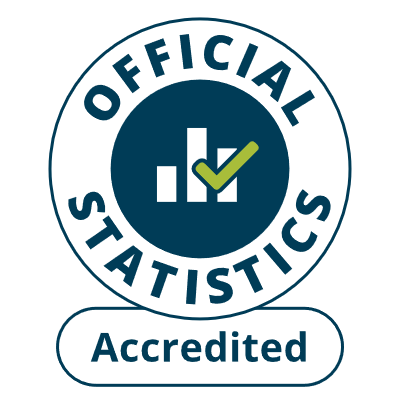
 People in employment by area and occupation (SOC 2010), up to December 2020
People in employment by area and occupation (SOC 2010), up to December 2020
This dataset has been discontinued due to the occupation classification change from SOC 2010 to SOC 2020. We are currently working on an equivalent dataset for the new SOC codes.
None
|
||||||||||||||||||||||||||||||||||||||||||||||||||||||||||||||||||||||||||||||||||||||||||||||||||||||||||||||||||||||||||||||||||||||||||||||||||||||||||||||||||||||||||||||||||||||||||||||||||||||||||||||||||||||||||||||||||||||||||||||||||||||||||||||||||||||||||||||||||||||||||||||||||||||||||||||||||||||||||||||||||||||||||||||||||||||||||||||||||||||||||||||||||||||||||||||||||||||||||||||||||||||||||||||||||||
Metadata
- High level information
- Keywords
- Summary information
- Statistical quality information
- Weblinks
- Open Data
Title
Labour Force Survey: Employment by occupationLast update
27 January 2022Next update
No longer updatedPublishing organisation
Welsh GovernmentSource 1
Annual Population Survey, Office for National StatisticsContact email
economic.stats@gov.walesDesignation
National StatisticsLowest level of geographical disaggregation
Local authoritiesGeographical coverage
WalesLanguages covered
English and WelshData licensing
You may use and re-use this data free of charge in any format or medium, under the terms of the Open Government License - see http://www.nationalarchives.gov.uk/doc/open-government-licenceKeywords
Employment by occupationGeneral description
These data are taken from the ANNUAL datasets from the Labour Force Survey (LFS) carried out by the Office for National Statistics (ONS), providing employment data by employment type, occupation, gender and local authority in Wales.Data collection and calculation
Since 2004, the annual data have been produced on a rolling annual basis, updated every three months, and the dataset is now referred to as the Annual Population Survey (APS). The rolling annual averages are on a calendar basis with the first rolling annual average presented here covering the period 1 January 2004 to 31 December 2004, followed by data covering the period 1 April 2004 to 31 March 2005, with rolling quarterly updates applied thereafter.Note therefore that the consecutive rolling annual averages overlap by nine months, and there is also a two-month overlap between the last period presented on the former March to February basis, and the first period on the new basis.
For each year, the data show numbers in employment by occupation, gender, local authority in Wales (plus the UK as a whole), and type of employment (employee, self-employed etc). It is not advisable to view data broken down by all of these dimensions, as many of the numbers will fall below robust publication thresholds and are suppressed. However, the dataset is presented with these dimensions to allow the user to cut employment data in a number of different ways without the need to switch sources, e.g. by local authority and gender only, by local authority and occupation only, by occupation and gender only, by occupation and employment type only. To this end, each dimension has a ‘total’ which allows the user to ‘exclude’ that dimension from any cut of the data.
Nomis is the ONS's official portal for labour market statistics. Note that some estimates from Nomis for the APS may differ slightly from those presented here due to differences in how local authority geographies are constructed.
Frequency of publication
QuarterlyData reference periods
2004 to 2020Rounding applied
Figures are rounded to the nearest hundred and so there may be some apparent slight discrepancies between the sum of constituent items and the totals as shown. As mentioned above, some data are suppressed as the variability in the estimate is too high to allow a sufficiently robust figure to be published.Statistical quality
Annual Population Survey (APS) responses are weighted to official population projections. The projections for 2020 were 2018-based, and, therefore, were based on demographic trends that pre-dated the COVID-19 pandemic.To allow for different trends during the pandemic the responses for the APS have been reweighted on the 9 September 2021 to new populations derived using growth rates from HM Revenue and Customs (HMRC) Real Time Information (RTI). The reweighting has been applied from year ending March 2020 data onwards and gives improved estimates of both rates and levels.
The changes ONS have made to the weighting should reduce the bias of estimates at high levels of aggregation. Some smaller breakdowns may be impacted negatively and more extreme changes could be seen given the reduced size of the underlying sample since the start of the pandemic.
As the data come from a survey, the results are sample-based estimates and therefore subject to differing degrees of sampling variability, i.e. the true value for any measure lies in a differing range about the estimated value. This range or sampling variability increases as the detail in the data increases, for example individual local authority data are subject to higher variability than Wales data.








